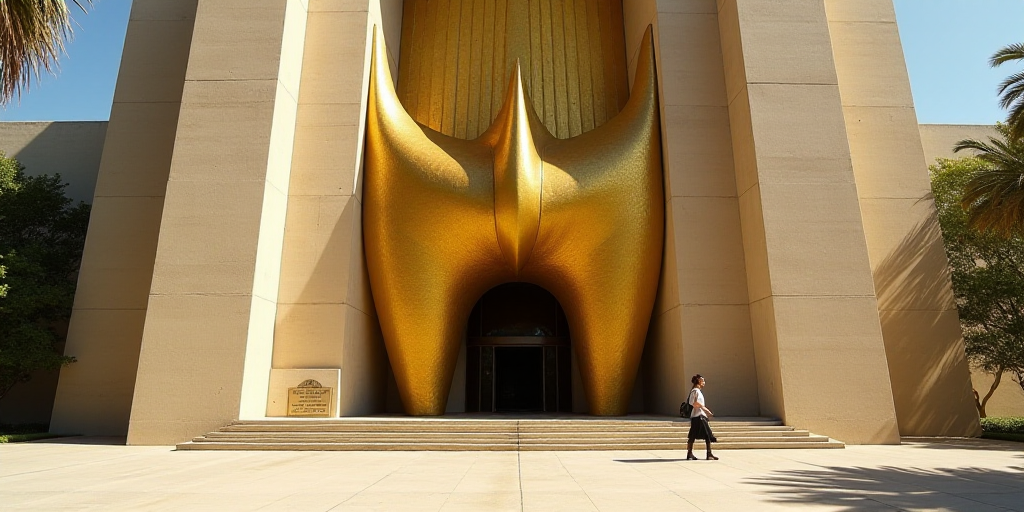Introduction
Two weeks ago, this column addressed the need for moderation by Banco de México (Banxico) in light of rising inflation data over recent months. Banxico has since removed the intention to further reduce its benchmark interest rate by half a percentage point, stating that future actions will depend on incoming data.
The Debate: Inflation Pressure and Economic Slack
The debate on the extent of the interest rate reduction cycle centers around concerns that a significant portion of inflationary pressure stems from the underlying component, which is less volatile. During the previous Junta de Gobierno meeting, Subgobernador Heath voted against further rate cuts, likely due to this argument.
Some argue for additional rate cuts, possibly to even lower levels than the 7.5% consensus among analysts, citing economic weakness as justification.
Economic slack refers to the degree an economy operates below its potential without generating inflationary pressures, with underutilized resources (labor, production, investment). Previously, positive slack supported interest rate hikes without affecting growth.
However, the current slack is negative. Banxico’s revised growth estimate stands at 0.1% for this year and 0.9% in 2026, indicating a weak economy.
Economic Data and Its Implications
Recent data supports a deepening economic weakness in Q2. The Instituto Mexicano del Seguro Social (IMSS) reported a monthly decrease of 46,378 jobs in June, marking the third consecutive monthly decline.
While permanent jobs increased by 18,000, temporary jobs fell by 64,000. In H1 2025, approximately 87,000 jobs have been created, far below the minimum of 100,000 in the past decade (excluding 2020’s Covid-19 impact).
The annual job variation by sector shows a 8.2% decrease in construction, attributed to uncertainty from tariffs and the completion of prominent projects from the previous administration.
Lack of job creation in 2025 affects private consumption. Anecdotal evidence suggests weak retail sales in May and June.
While economic weakness may support the argument for temporary price pressure, it’s evident in both goods and services. Factors include the monopolistic power of certain companies, transmitting higher costs to consumers.
Banxico’s Mandate and Future Outlook
Banxico’s sole mandate is controlling inflation. With sustained pressure, it cannot prioritize economic support through interest rate cuts. The interest rate reduction path appears limited, with poor growth prospects for an extended period.
*Rodolfo Campuzano Meza is the General Director of INVEX Operadora de Fondos de Inversión.
Key Questions and Answers
- What is the current inflation situation in Mexico? Inflation has been rising, prompting Banxico to reconsider further interest rate cuts.
- How does Banxico’s economic slack impact its decisions? Negative economic slack, with revised growth estimates near zero, limits Banxico’s ability to support economic activity through interest rate reductions.
- What factors contribute to the recent job market decline? Uncertainty from tariffs, completed construction projects, and weak retail sales have negatively affected job creation.
- What is Banxico’s primary focus? Controlling inflation, as it cannot prioritize economic support when inflation remains elevated.






